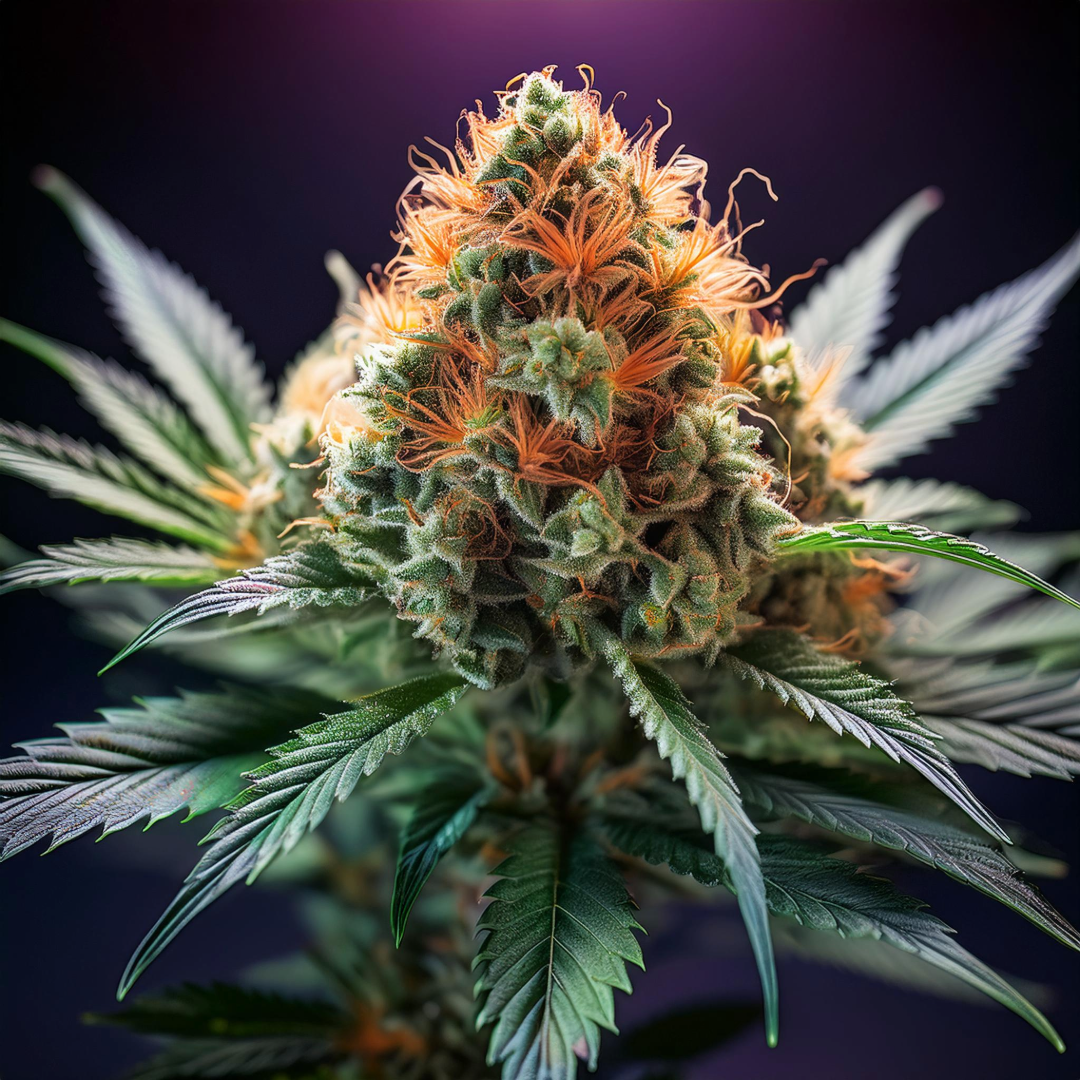
The last weeks of cannabis flowering are crucial to the success of your harvest. During this phase, the flowers mature and the plant prepares for harvest. To get the most out of your harvest, it is important to understand the plant's needs and take the right steps. This guide will help you take the best care of your cannabis plants during the last weeks of flowering.
1. Monitoring flower maturity
In the final weeks of flowering, the color of the trichomes will begin to change from clear to milky and finally to amber. This is an important indicator of when it is right to harvest.
- Clear : The trichomes are not yet ripe and the plant still has time to grow.
- Milky/Cloudy : The trichomes are now fully mature and offer the strongest psychoactive experience.
- Amber : Here the trichomes are overripe, resulting in a relaxing, body-oriented high.
The ideal harvest time depends on the desired effect. For a stronger, energetic high, the trichomes should be predominantly milky, while for a more relaxed, sedative experience, more amber trichomes are preferred.
2. Optimizing nutrient intake
During the last weeks of flowering, your plant needs less nitrogen and more potassium and phosphorus. These nutrients promote flower development and improve the taste and potency of the flowers. During the last two weeks, you should adjust the nutrient supply and switch to special flowering fertilizers that provide the right ratio of potassium, phosphorus and micronutrients.
Flushing:
In the last week or two before harvest, it is important to perform what is known as flushing . This means that you only feed the plant pure water without any nutrients. Flushing helps remove excess salts and nutrients from the soil or medium, which improves the quality and taste of the flowers. Flushing ensures that no chemical residues remain in the flowers, resulting in a cleaner, more pleasant smoking or consumption experience.
3. Light and temperature
The last few weeks of flowering are very stressful for the plant. Make sure your cannabis plants receive enough light, but also do not experience excessive stress from excessive temperatures or light intensity. Ideally, you should aim for a temperature of around 20-26°C during the day and 18-21°C at night.
Reducing light intensity in the final days of flowering (by dimming the lights slightly or reducing light hours) can help plants prepare for harvest without causing unnecessary stress.
4. Defoliation (Leaf Removal)
Some growers choose to remove excess leaves that block light or impede air circulation during the final weeks of flowering. This can help give the flowers more light and reduce the risk of mold growth. However, caution should be taken as too much leaf removal can cause unnecessary stress to the plant.
5. Pest control
The last few weeks before harvest are especially important to keep pests away. An infection or pest infestation can seriously affect the quality of your flowers. Check your plants regularly for pests such as spider mites, thrips or whiteflies. If you spot signs of pest infestation, act immediately to prevent it from spreading.
Avoid using chemical pesticides just before harvest, as these can leave residues in the flowers. Instead, you can use natural alternatives such as neem oil or insecticidal soaps.
6. Harvest preparation
A few days before you plan to harvest, you can give your plants even more support by putting them into "dark mode." This means that you stop giving the plants light for 24 to 48 hours before harvest. This practice encourages the production of terpenes and can improve the flavor and aroma of the flowers. Make sure the plant is well ventilated during this time to avoid mold growth.
7. Harvest time
Harvesting should preferably take place on a dry, cool day to ensure the best conditions for processing. It is advisable to harvest the plants in the early morning hours, before they have "warmed up" in the sun, in order to best preserve the terpenes and cannabinoids.
Harvest Checklist:
- Trichomes should be predominantly milky or cloudy (depending on the desired effect).
- The plants should be well watered but not overwatered.
- All nutrients should be removed from the medium before harvest (flushing completed).
- The plants should be clean and free from pests or diseases.
Conclusion
The last weeks of cannabis flowering are a crucial phase in which you need to make the right decisions to reach the full potential of your plants. Pay attention to flower maturity, adjust your nutrient intake, optimize growth conditions and take care of your plants so you can achieve a high-quality harvest.
By taking care of details like flushing, lighting conditions and the right time to harvest, you will ensure that you are rewarded with the best results. The patience and care you put into these final weeks will be reflected in a high-quality harvest that you can enjoy with pride.
